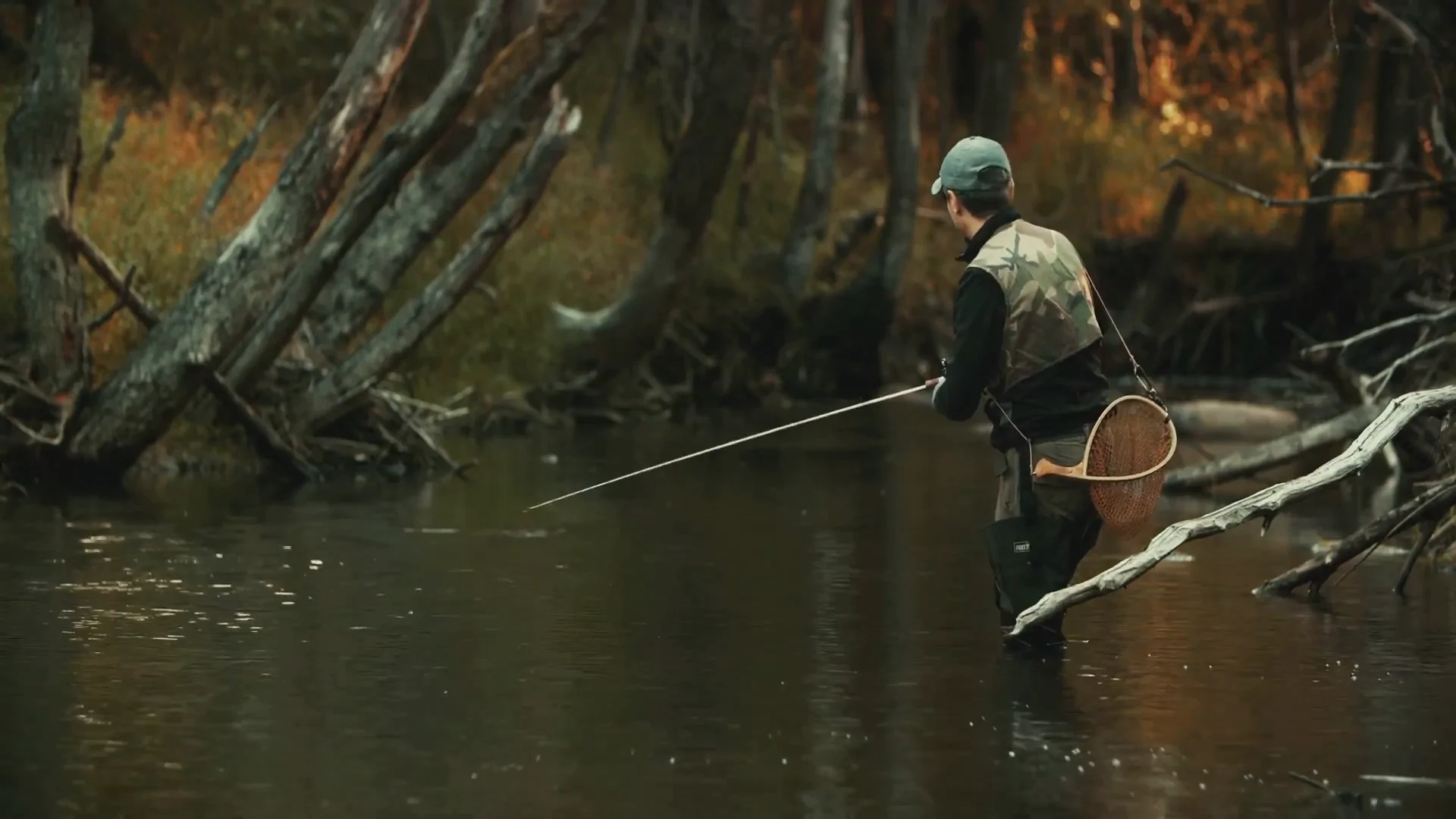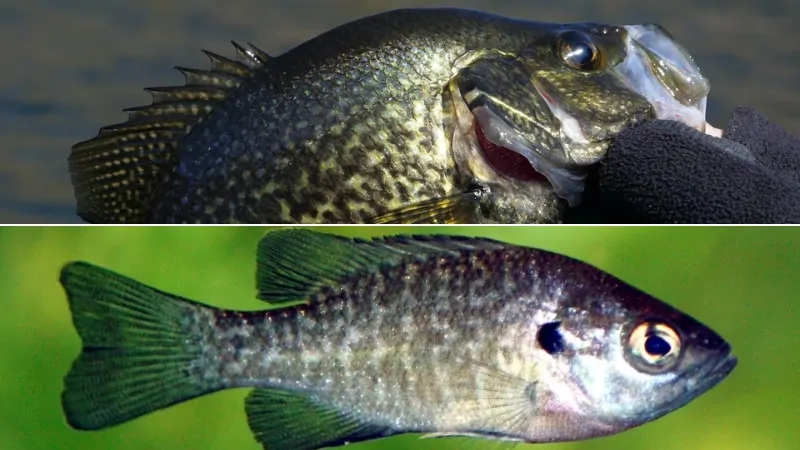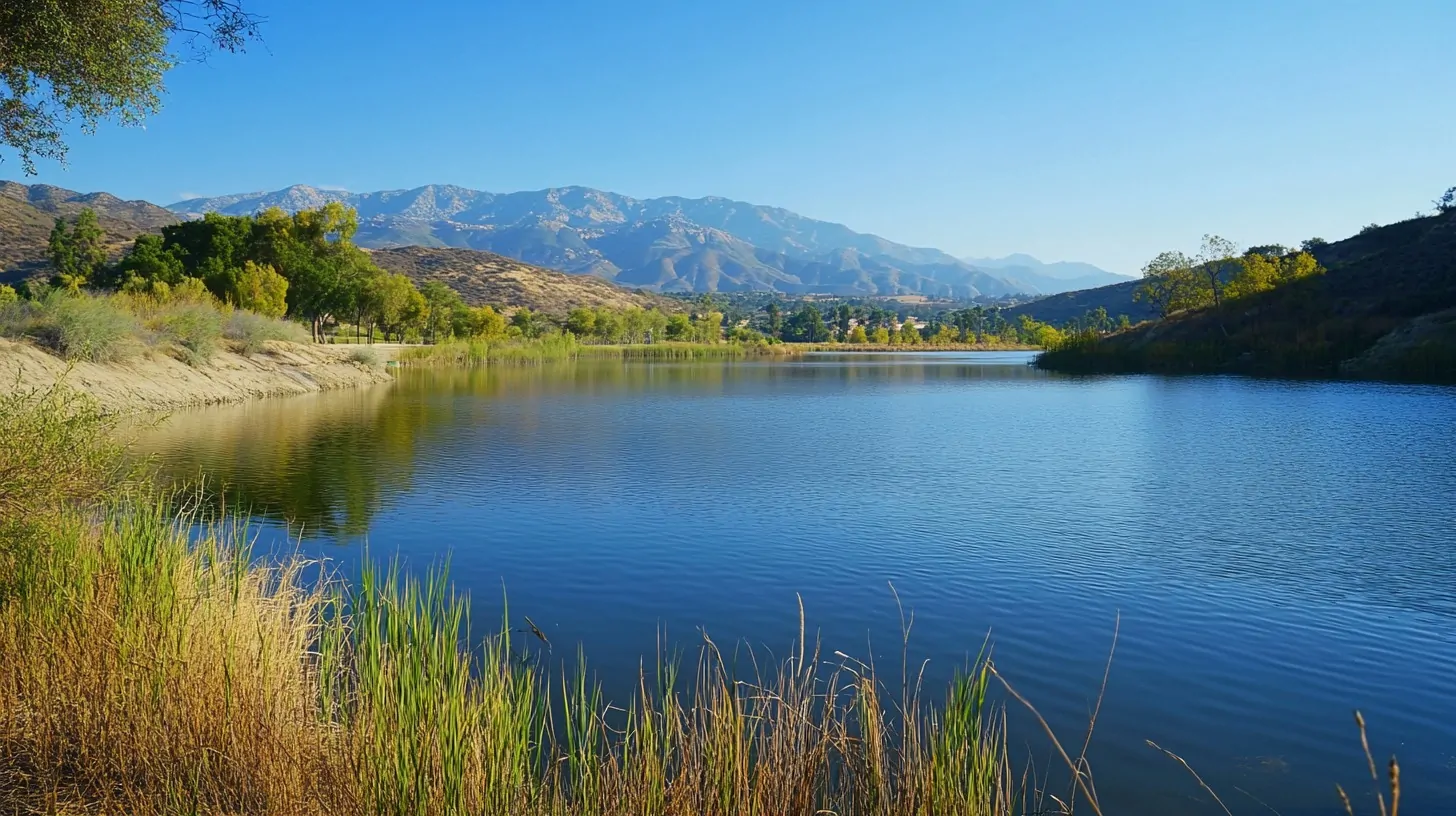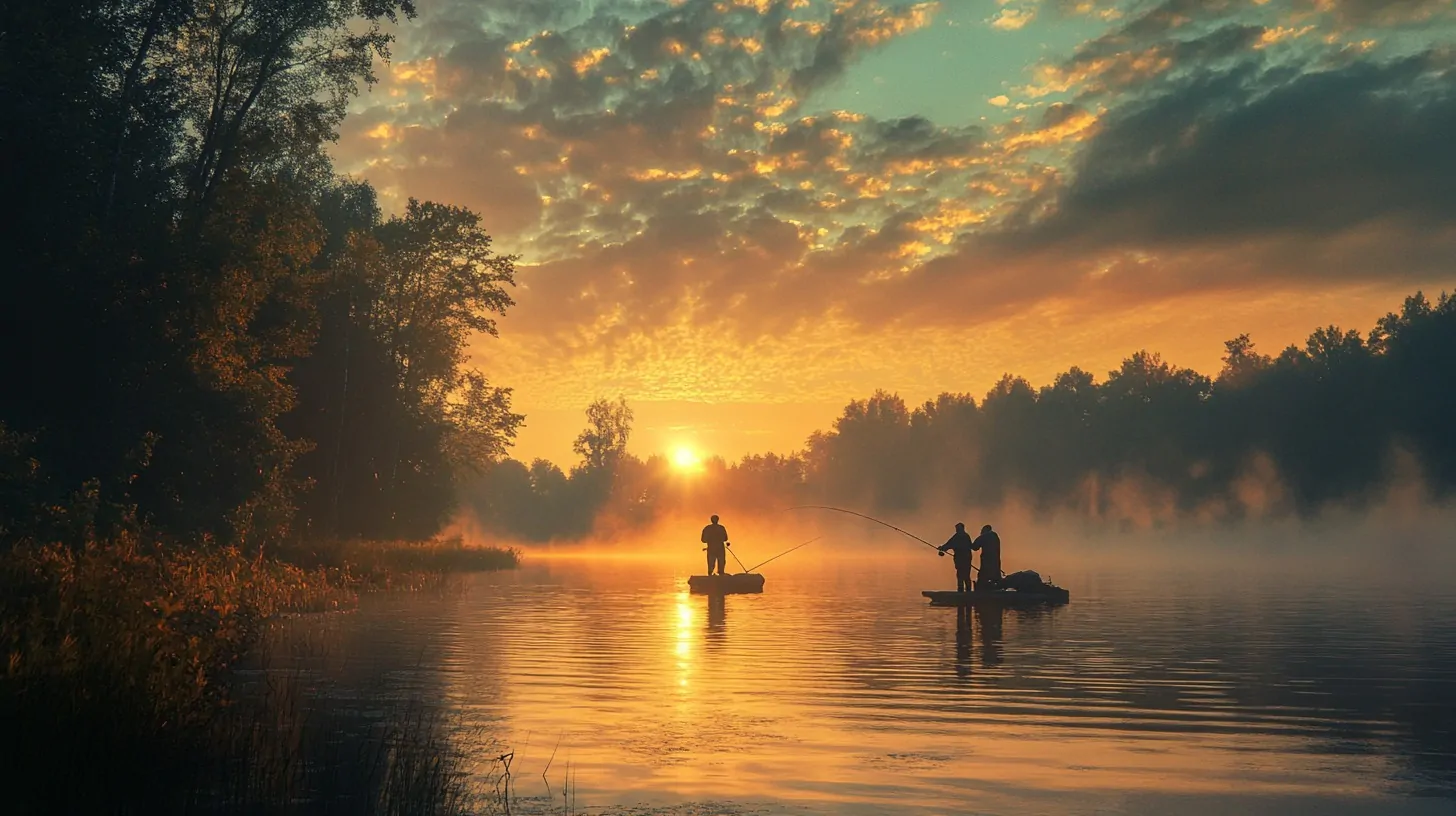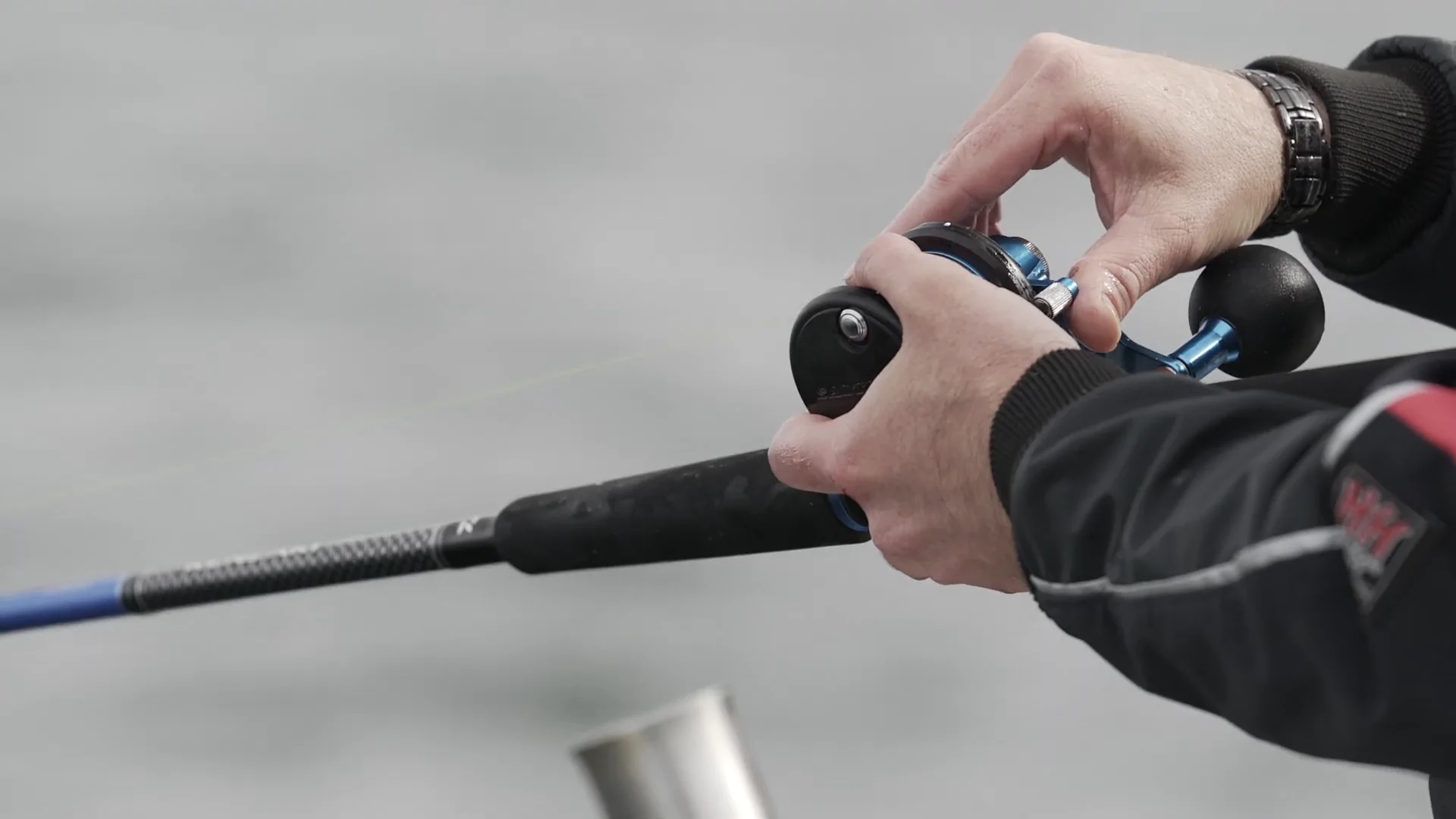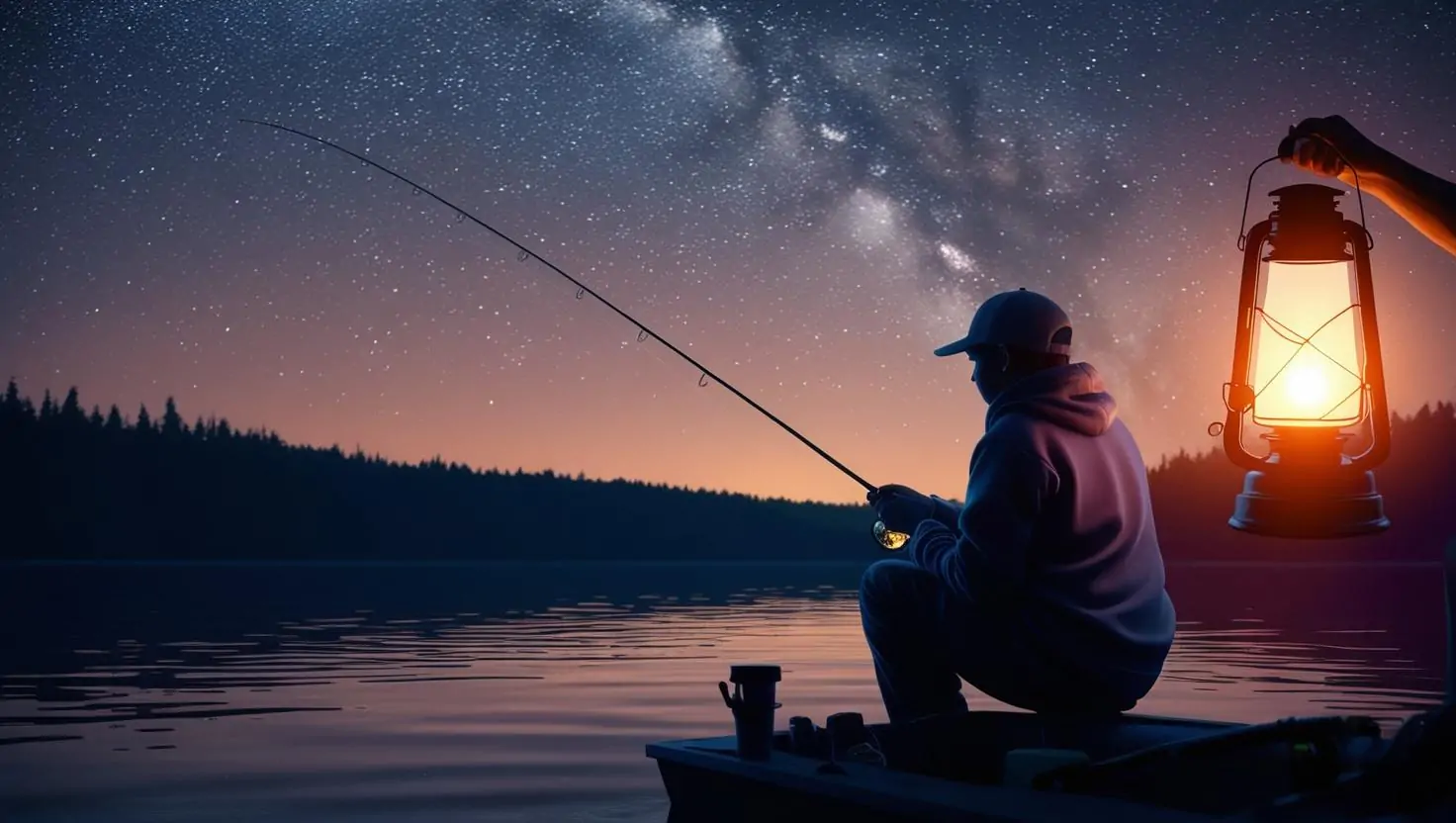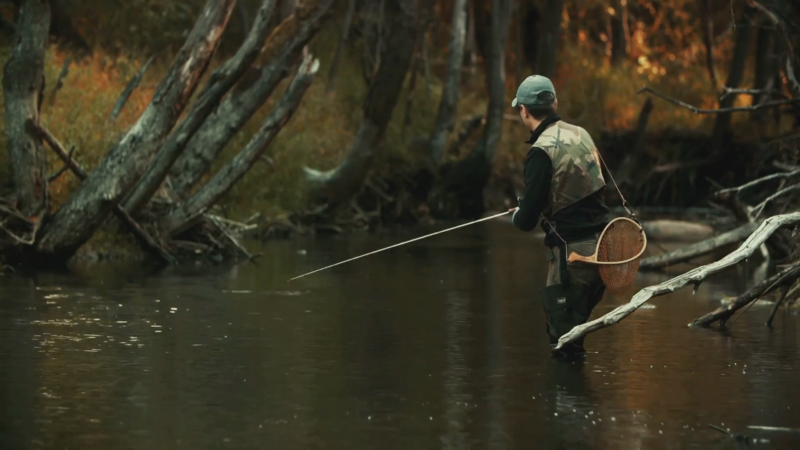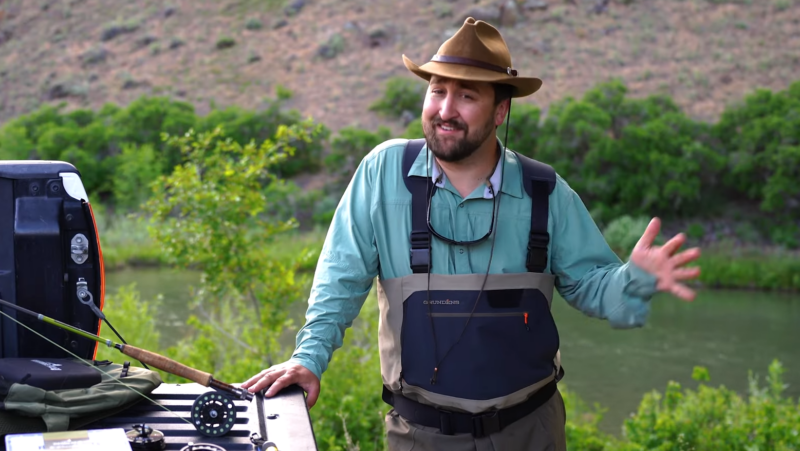
Share Post:
When I first started fly fishing, picking out a fly rod felt like trying to understand an entirely different language. There are so many options, from different weights and lengths to brands with varying designs and features. But over time, as I’ve tested out different rods, I’ve learned what works well for beginners and what might not.
If you’re starting out, I’d love to help simplify things so you can choose a rod that’ll make your time on the water enjoyable and effective. Let’s explore a few great fly rods perfect for beginners. We’ll look at their features, pros, cons, and more to help you find the right one for your needs.
Table of Contents
Toggle7. Echo Boost Blue 9’ 8-weight
If you’re thinking about getting into saltwater fishing, the Echo Boost Blue is a standout choice. Designed for those who need a fast action rod that’s accurate and light, it excels in handling strong fish and tougher conditions.
Price: $299.99
- Light tip section
- Full titanium guides
- Accurate and affordable – a winning combo in my book.
- The warranty process could be a bit smoother, so just something to keep in mind.
- It might benefit from a softer tip section for added sensitivity.
6. Cortland Nymph Series 10’6” 3-weight
If you’re specifically into nymph fishing, the Cortland Nymph Series rod is a solid pick. Nymphing can be tricky for beginners, but having the right rod can make all the difference. This one is designed with features like a downlocking reel seat and single-foot guides that reduce weight, making it easier to handle on the water.
Price: $299.95
- Lightweight blank that doesn’t feel bulky.
- Built to last, even if it takes a few knocks.
- Single-foot guides
- It’s a bit heavier than some other Euro rods, which might not appeal to everyone.
- The finish is pretty plain.
5. ECHO Carbon XL
When I think about the ECHO Carbon XL, what stands out is how fun it is to cast. This is the kind of rod that makes learning enjoyable because it gives you solid feedback while casting. It’s built with a medium-fast action, making it a good middle ground for those still working on their timing and technique.
Price: $199
- Affordable
- Lightweight
- It’s not as delicate with dry fly work, so if you’re focusing mostly on dry flies, you might want to consider something else.
*The Carbon XL is one of those rods that makes fly fishing feel effortless. If you want a rod that’s fun and forgiving, this one’s a great fit.
4. Orvis Clearwater
The Orvis Clearwater has a reputation for being a powerhouse, and for good reason. It’s great for those who want to take their fly fishing to the next level, but it’s still accessible for beginners. You’ll get a rod that can handle big bugs and multi-fly rigs, making it super versatile for various fishing environments.
Price: $398
- Both powerful and sensitive
- Orvis’ warranty is top-notch, which gives added peace of mind for long-term use.
- It’s heavier compared to other rods, which might make it feel a bit clunky for some.
*This rod is great if you’re planning on targeting bigger fish or using more complicated setups. It’s a bit more of an investment, but it’s known for being durable and well-built.
3. Redington Classic Trout
If you’re looking for something that’s straightforward and functional, the Redington Classic Trout might be your new best friend. With dry flies being a key focus, this rod shines when precision is needed. I’ve found it particularly good for chasing trout, but it’s versatile enough to handle various fishing conditions.
Price: $169
- Lightweight design
- Budget-friendly option for beginners.
- Built for large trout and big flies, giving you flexibility in the types of fishing you want to do.
- The action is on the slower side of medium-fast, which some might find a bit sluggish.
2. Douglas LRS
Next up is the Douglas LRS, which combines smooth action with a really striking look. One of the things I love about this rod is the gorgeous blue blank—it’s hard not to feel good holding something that looks this nice.
But it’s not just about appearances. The LRS is fantastic for longer casts, which can come in handy when you need to reach fish that are farther out.
Price: $269
- Good performance.
- Long casts come easy, even if you’re not super experienced yet.
- The lifetime warranty is something you’ll appreciate in the long run.
- For a beginner, the price might seem a bit high, but in my opinion, it’s worth the investment if you want a rod that’ll grow with you.
*This rod is a deal if you’re looking to spend a bit more for added versatility and a bit of flair.
1. VFC Fly Flinger
The VFC Fly Flinger is a solid choice for those new to the sport. It’s a rod that feels good in your hand and makes casting feel effortless. It’s built with a smooth action and has a soft tip, which is especially nice for casting dry flies delicately.
Price: $175
- Seamless feel for casting. If you’re new to casting and still learning the rhythm, this rod makes it easy.
- Ideal for big flies and big fish.
- Extra tip section.
- VFC’s warranty.
- I’m not a huge fan of the components or color scheme. The rod is functional, but aesthetically, it may not be everyone’s taste.
*In short, if you’re looking for a beginner rod with a soft touch and reliable performance, this one is worth considering.
What to Look for in a Beginner Fly Rod
There are a few things that make a rod beginner-friendly:
- Action: For newbies, a medium-action rod is usually the way to go. It’s got a nice balance of flexibility and power, making it easier to cast and control your line. Medium action rods are forgiving, which helps you develop good casting habits. Plus, they’re stiff enough for those longer casts but still flexible for shorter, more precise ones.
- Weight: Think about the type of fishing you’ll be doing. A 5-weight rod is a great all-around choice for beginners. It’s versatile and can handle different fishing conditions and species. Perfect for trout fishing in rivers and streams, which is a common starting point.
- Length: A 9-foot rod is a solid starting point. It gives you good casting distance and control without being too unwieldy. If you’re fishing in smaller streams, you might want a shorter rod (7-8 feet). For bigger rivers and lakes, go longer (10-11 feet). The right length helps you adapt to different fishing spots with ease.
- Material: Graphite rods are a top pick for beginners because they’re lightweight and durable. They strike a good balance between strength and sensitivity, making them easier to cast and control. Plus, their lightweight means less arm fatigue, so you can fish longer without discomfort.
Final Thoughts
When picking your first fly rod, it’s all about balancing affordability, performance, and ease of use. Each rod on this list has its strengths, depending on your focus. Go for a medium-action, 5-weight, 9-foot rod made of graphite.
This combo is super versatile, easy to handle, and tough enough to last. As you spend more time on the water, you’ll learn what you like and don’t like, and that’ll help guide your future gear choices. So don’t stress too much—grab a rod, tie on a fly, and enjoy!
Related Posts:
- 5 Best Braided Fishing Lines - 2025 Buyer's Guide…
- 4 Reasons Why Lake Bluff, Illinois Is Worth Visiting
- Best Illinois Fishing Spots For Muskie - Where to…
- The Top 20 Lake Fishing Essentials for Beginners
- 10 Largest Illinois Lakes for Fishing - Top Spots…
- Crappie vs. Bluegill - Key Differences and the Best…



